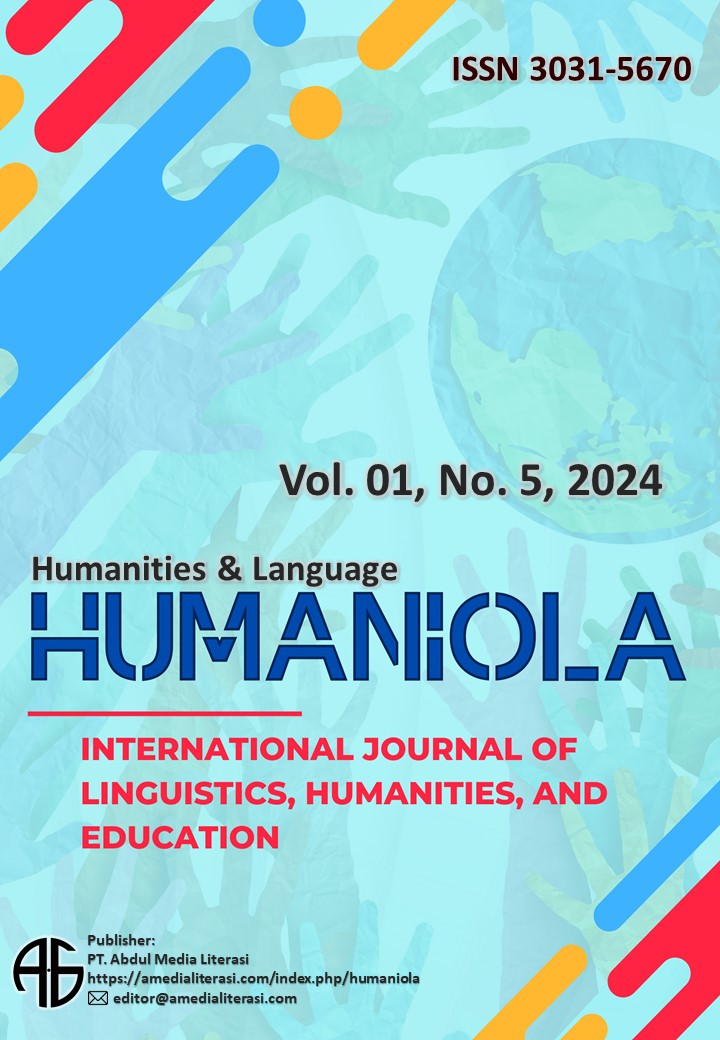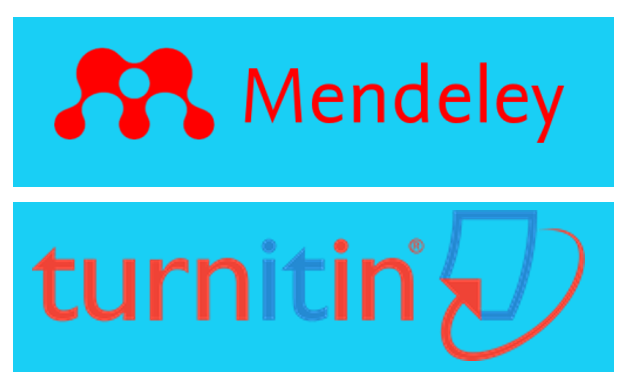Analysis of Colours of Effutu Festival Costumes for Application in Contemporary Textile Design
DOI:
https://doi.org/10.32734/934zxs96Keywords:
Textile design, Colour, Festival costumes, Colour palettes, EffutuAbstract
The Aboakyir festival costumes present a colourful ambience and a panoply of varied colour schemes. The different colour ways and schemes presented by the parade of costumes are always a source of colour inspiration and creative visual sensibilities. The paper attempts to analyze the colours of Effutu festival costumes and their application in contemporary textile design. The study presents inspirational colour palettes on the basis of inspiration from the varied colour schemes presented and applied to contemporary textile designs. Ten (10) colour palettes are generated from different locations, scenes, and activities of the Effutu Aboakyir festival. With the help of the CorelDRAW software, each selected scenery generates a unique colour palette worth applying in contemporary textile designing activities. Each colour palette is applied to textile designs and checked for suitability. Findings revealed that the unique sceneries produce unadulterated colour palettes that could not be easily achieved by other sources of colour inspiration. It was also noted the colours presented on the colour palettes created successful harmonious colour combinations when applied to suitable contemporary textile designs fit for varied applications.
Downloads
References
Acquaye, R., Amankwah, A. M., & Seidu, R. K. (2024). The “authenticity discourse” in contemporary application of West African textiles. Textile, 22(1), 218–232. https://doi.org/10.1080/14759756.2023.2178050
Acquaye, R., Sawyerr, N. O., & Seidu, R. K. (2023). Reinventing indigenous West African fabric design for contemporary commercial application. Journal of Urban Culture Research, 27, 261–276. https://doi.org/10.14456/jucr.2023.39
Agyarkoh, E., Duku, F. K., & Abban, E. (2017). Colour symbolism of Aboakyir. Journal of Culture, Society and Development, 36. https://www.iiste.org/Journals/index.php/JCSD/article/view/35558
Bickford, K. E. (1997). The A.B.C.'s of cloth and politics in Côte d'Ivoire. Africa Today, 41(1), 5–22.
Brown, K. E. (2005). Social conflicts in contemporary Effutu festivals [Unpublished thesis].
Buggenhagen, B. A. (2011). African textiles: Color and creativity across a continent. Museum Anthropology Review, 5(1-2), 115.
Candy, L. (2006). Practice based research: A guide. CCS Report, 2006-VI.O. November, University of Technology, Sydney.
Clarke, S. (2009). The essential art of African textiles: Design without end. Journal of Design History, 22(3), 286–288. https://doi.org/10.1093/jdh/epp023
De Freitas, N. (2002). Towards a definition of studio documentation: Working tool and transparent record. Working Papers in Art and Design, 2, 1–10.
Dereje, D., Liu, J., & Zhou, J. (2013). African textile design and fabric arts as a source for contemporary fashion trends. In Proceedings of the 2nd International Conference on Science and Social Research (ICSSR 2013) (pp. 229–233).
Gümüşer, T., & Menek, S. (2020). Textile design patterns in Ottoman miniature art. Yıldız Journal of Art and Design, 7(2), 121–134.
Howard, E. K., Asinyo, B. K., Seidu, R. K., Amankwah, A. M., Chichi, C. A., & Anyan, P. (2022). Digital imitation of batik, tie-dye, and weave effects for manual screen printing. Journal of Design Research, 20(2), 142–158. https://doi.org/10.1504/jdr.2022.127567
Howard, E. K., Sarpong, G. D., & Amankwah, A. M. (2012). Symbolic significance of African prints: A dying phenomenon in contemporary print designs in Ghana. International Journal of Innovative Research and Development, 1(11), 609–624.
Joshi, S. V. (2014). Printed textile students handbook + practical manual (Class XII). Central Board of Secondary Education. Labode, O. J., & Braide, O. O. (2022). Symbolic designs of textile art in African fabrics.
The Polish Journal of the Arts and Culture: New Series, 16, 71–82.
Meller, S., Elffers, J., Frankel, D., & Croner, T. (1991). Textile designs: 200 years of patterns for printed fabrics arranged by motif, colour, period and design.
Sawyerr, N. O., & Amissah, E. K. (2023). West African indigenous design patterns as a source of inspiration for contemporary Ghanaian textile designs. Arts and Design Studies, 105, 28–38.
Wisbrun, L. (2011). The complete guide to designing and printing fabric: Techniques, tutorials & inspiration for the innovative designer. A. & C. Black Publishers Ltd.
Yates, M. (1996). Textiles: A handbook for designers. W. W. Norton & Company.
Yu, H.-C. (2014). A cross-cultural analysis of symbolic meanings of colour. Chang Gung Journal of Humanities and Social Sciences, 7, 49–74.
Downloads
Published
Issue
Section
License
Copyright (c) 2024 Naa Omai Sawyerr, Kweku Safo-Ankama (Author)

This work is licensed under a Creative Commons Attribution 4.0 International License.
- Authors agree to publish their work under the Creative Commons Attribution 4.0 International (CC BY 4.0) license.
- Authors retain copyright to their work and may reuse or distribute it.
- HUMANIOLA reserves the right to request revisions and make final publication decisions.
- Authors are responsible for ensuring that their work does not infringe upon third-party copyrights.
- Archiving in digital repositories may be done for long-term access and preservation.





